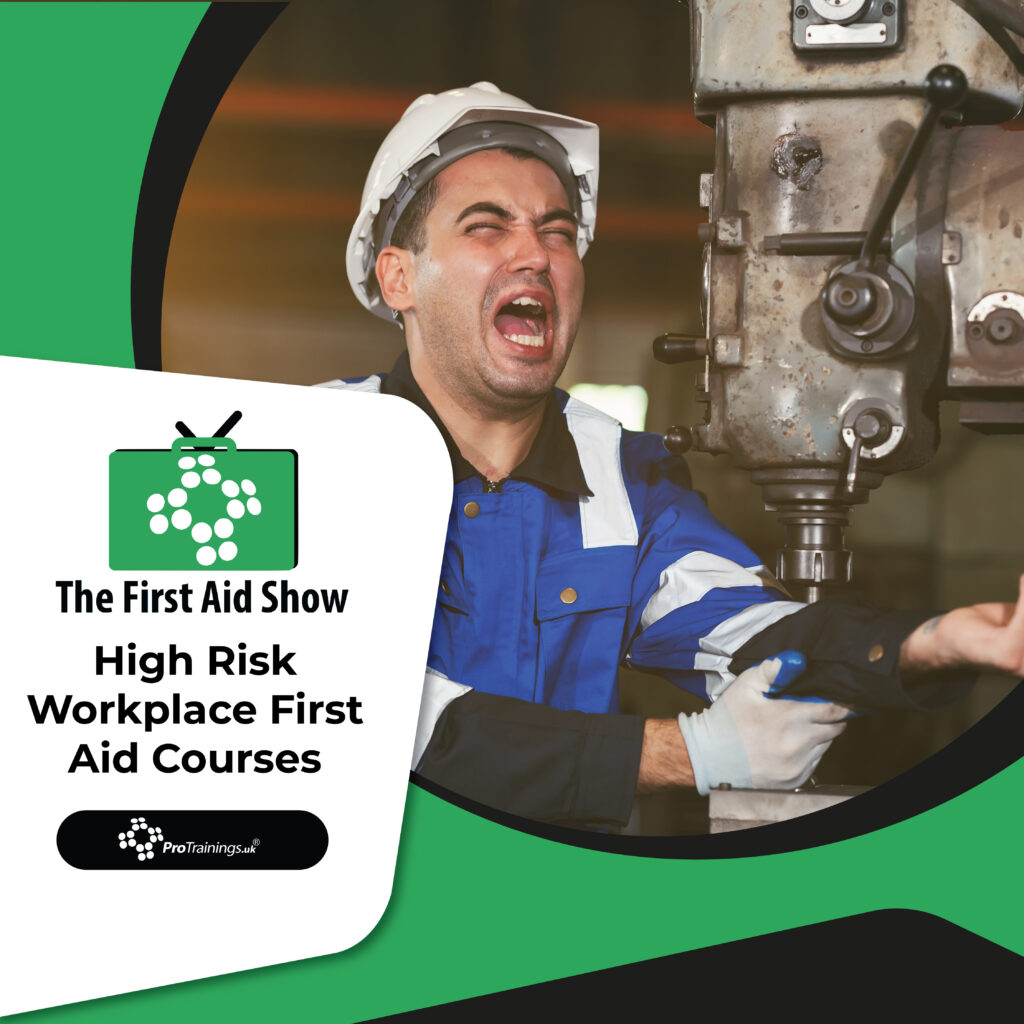High Risk Workplace First Aid Courses: Why They Matter
Why Standard Training Is Not Always Enough
In many workplaces, Emergency First Aid at Work (EFAW) or First Aid at Work (FAW) courses provide sufficient preparation. However, in environments where the danger of serious injury is much greater, these standard courses may not be enough. Employees in such industries face hazards that demand quicker responses and more advanced skills. That is why High Risk Workplace First Aid Courses are essential for keeping staff safe and ready to act in life-threatening emergencies.
Industries That Require Advanced First Aid
Several industries carry unique dangers because of the tasks involved, the equipment used, or the environment itself. For example, construction sites expose workers to falls from height, crush injuries, and power tool accidents. Factories and warehouses increase the likelihood of trauma injuries due to heavy machinery, forklifts, and conveyor belts.
Agriculture and forestry add risks such as chainsaw accidents, animal-related injuries, and working alone in remote areas. Oil, gas, and offshore industries create even greater dangers, including chemical burns, explosions, and extreme environmental conditions. In addition, security, enforcement, and emergency services face threats from violent incidents, firearms, and major trauma scenarios. Each of these environments requires a higher level of first aid preparation.
What High Risk Workplace First Aid Courses Include
High Risk Workplace First Aid Courses expand on the standard EFAW and FAW syllabus. They add advanced life-saving techniques designed to manage catastrophic injuries. For instance, training covers severe bleeding control, advanced airway management, and dealing with trauma in remote locations. This specialised knowledge equips first aiders to provide immediate care until professional medical teams arrive.
Specialist Training Options
In some industries, even more targeted training is required. Advanced Trauma and Catastrophic Bleeding Control is vital for security and enforcement roles. Confined Space First Aid ensures workers can respond when injuries occur in restricted areas. Drowning and Cold Water Shock Response is crucial for offshore, marine, and water-based industries. Finally, advanced First Responder Training prepares staff with skills beyond FAW, such as medical gas use and advanced wound care.
Employer Responsibilities
Employers in high-risk sectors must take their duty seriously. They need to ensure an adequate number of trained first aiders. They must also supply the right specialist equipment, such as Critical Injury Kits, trauma dressings, and additional protective gear. Just as importantly, they should have clear emergency response plans, especially if help may take longer to arrive in remote locations.
Conclusion
In summary, High Risk Workplace First Aid Courses provide the advanced skills and knowledge needed to manage severe injuries effectively. By investing in these courses, businesses not only comply with safety standards but also give their employees the confidence and ability to save lives. In dangerous industries, preparation is everything, and the right training can make the difference between life and death.


